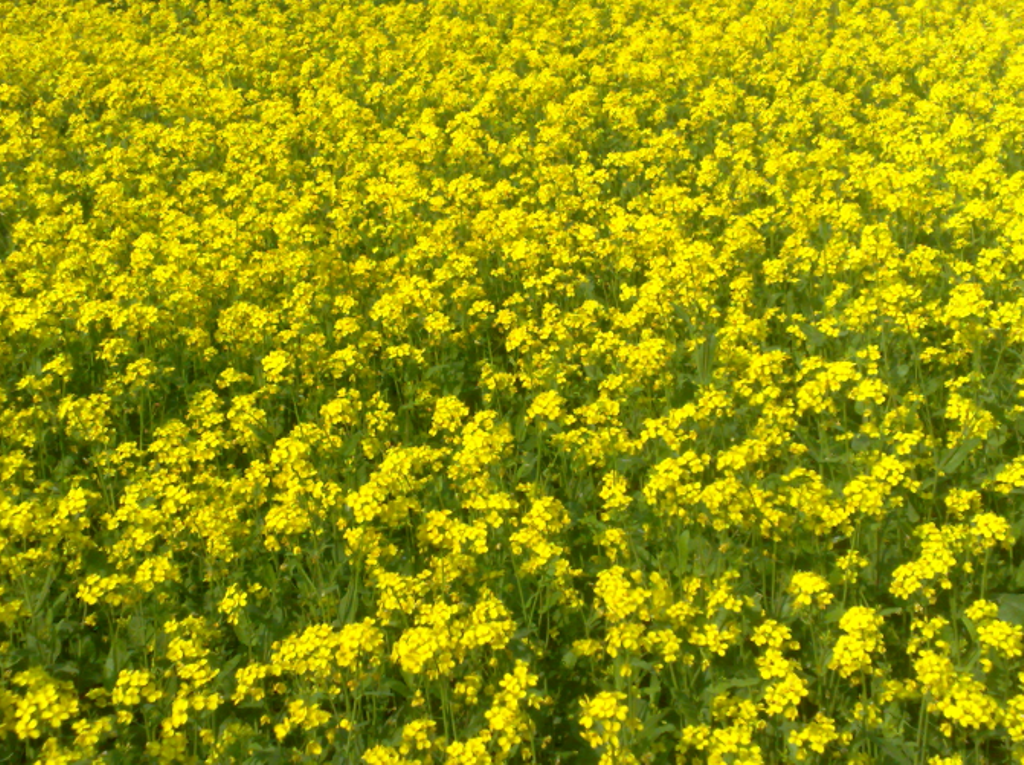
India’s mustard seed production is expected to be a record high this time. With the government rolling out the oilseed mission as a pilot during 2020-21 Rabi season, the country’s mustard output is all set to be a record 10 million tonne this year. Most of the industry experts are estimating production near to this figure. The sowing area under the crop has reached an all-time high of more than 25 lakh hectares. Credit goes to the hard work of the farmers, in addition to the farmer-friendly policies of the government.
Till now no report of any pest or disease, or any weather disturbance has been heard. The weather throughout the winter season was favorable for the overall crop growth. The delayed withdrawal of monsoon in 2020 helped retaining the moisture content, and supported development of the mustard crop.
Production in the 2019-20 crop marketing season (that begins from July and ends in June) had fallen by 1.5% to 8.5-9 million tonne due to occurrence of hailstorms in several producing areas of Rajasthan, which is the leading supplier of mustard in the country. The government had targeted sowing area of 8.5 million hectare under mustard for the Rabi 2020-21 season, that pushed the acreage significantly above last year’s.
Mustard acreage in Rajasthan may be around 3 million hectares as per Rajasthan government reports, above last year’s sowing area of 2.70 million hectares approximately. Farmers of Rajasthan have started harvesting the crop, but currently the arrivals will be nominal and trade interest will be lower for these grades due to higher availability of moisture. As the moisture percentage reduces, trading of these grades shall increase and it will also encourage more of corporates, traders, smaller retail investors and even FPO’s to deposit their stocks at accredited warehouses of NCDEX. Madhya Pradesh and Haryana are the other leading producing states, after Rajasthan where harvesting may commence after 2-3 weeks roughly. Therefore it is quite likely that arrival numbers shall gather momentum April onwards and the daily All India supplies of the new crop may reach peak levels by May. This would keep prices lower or cheaper during this period i.e. between the months of April and May.
















